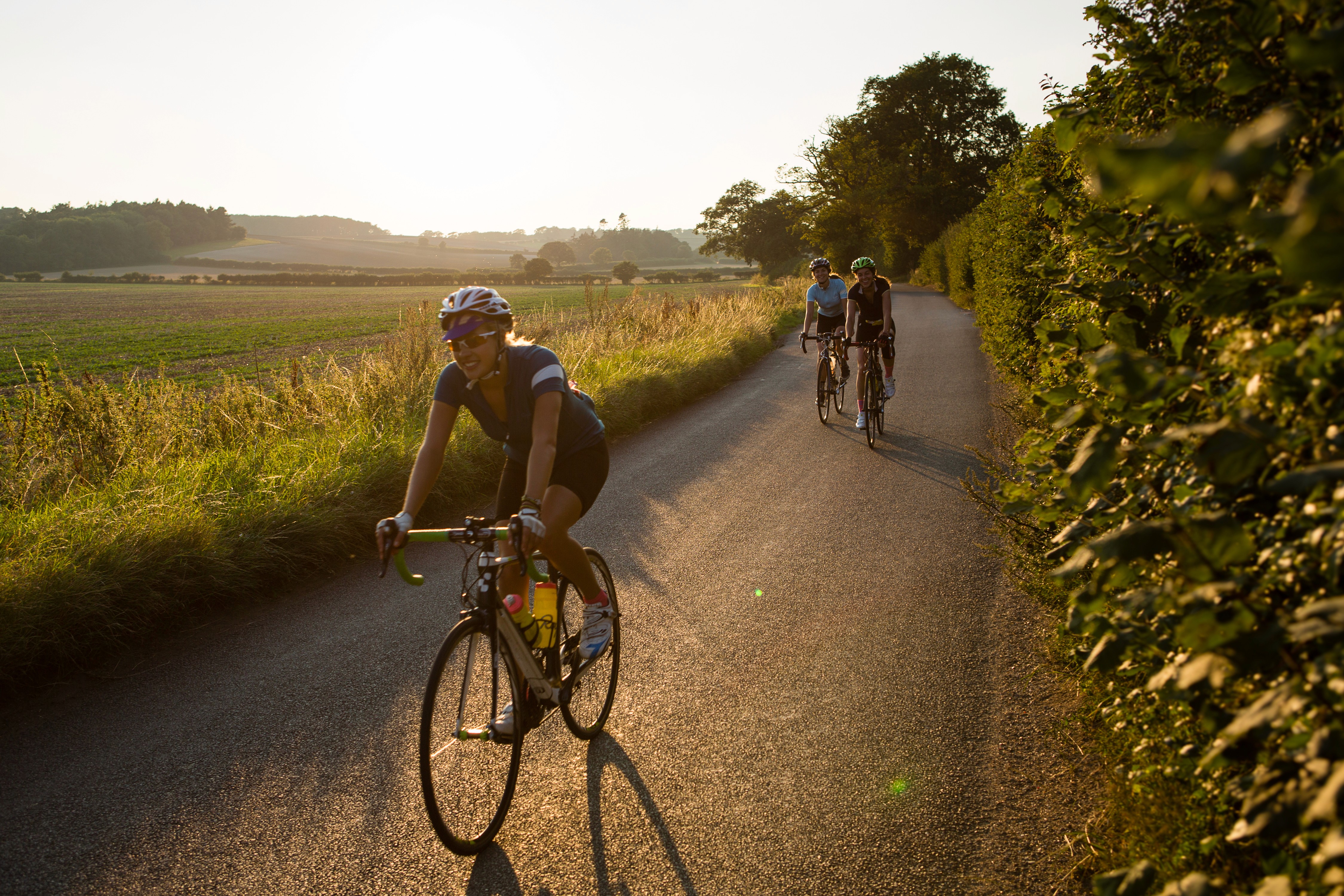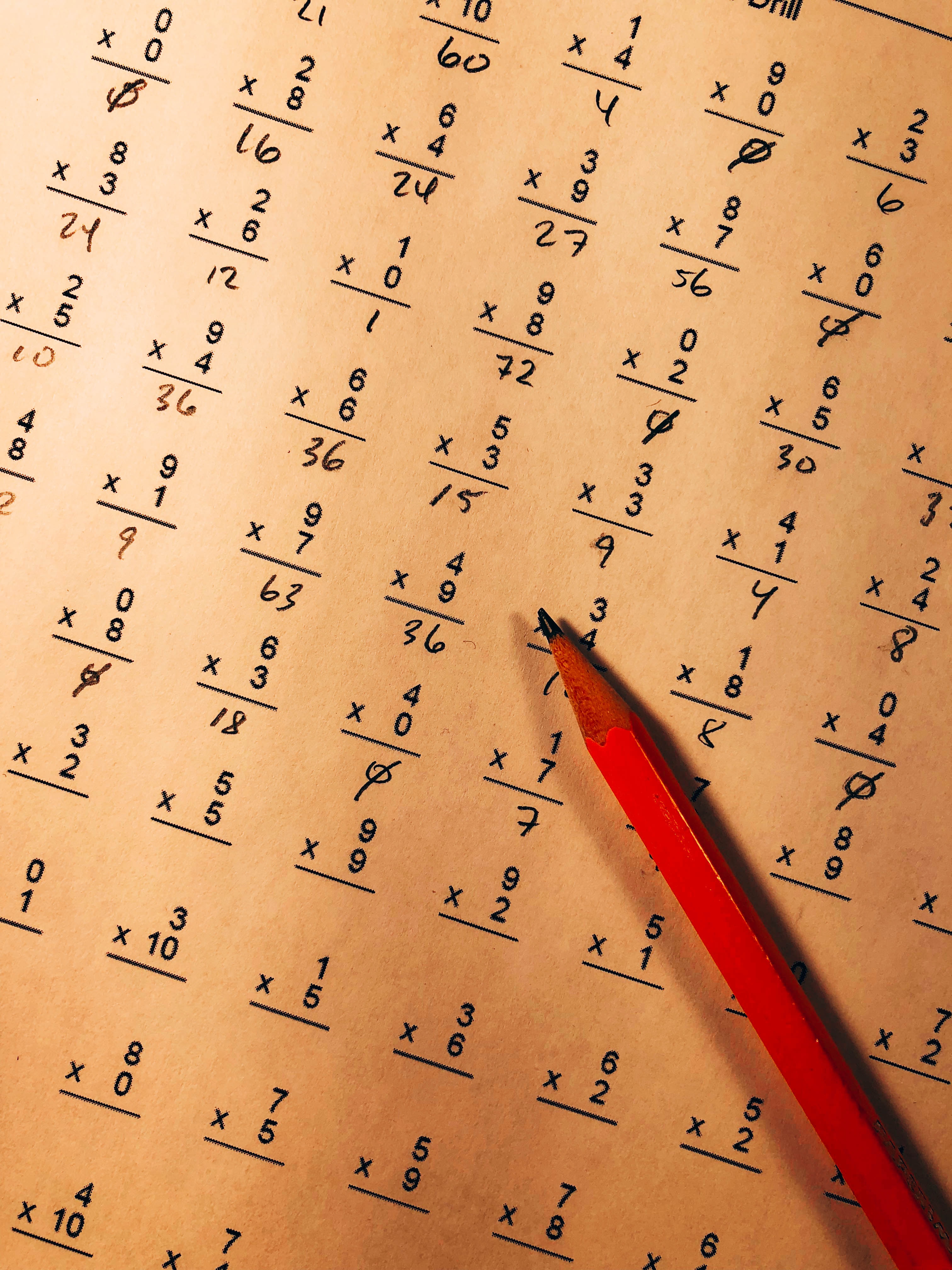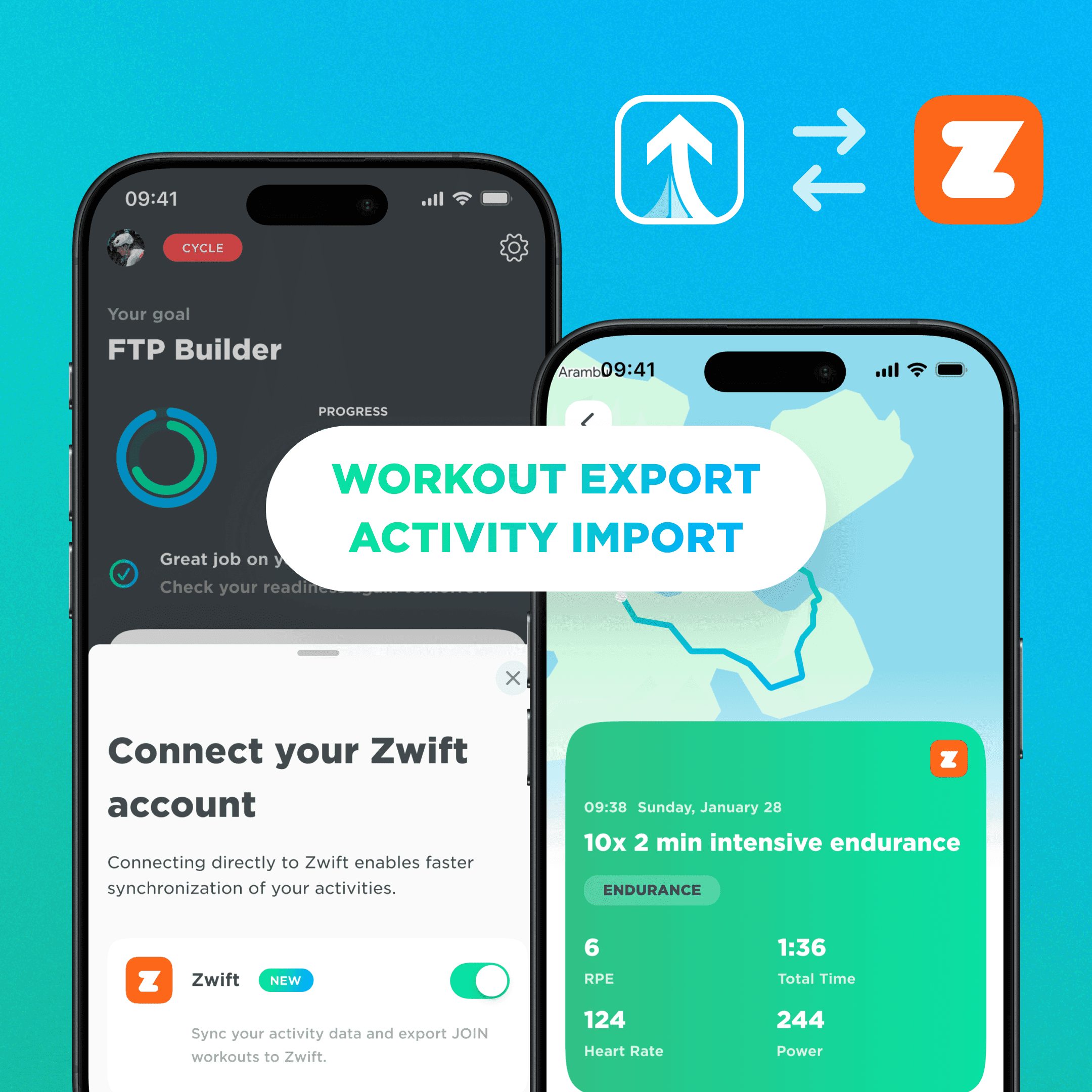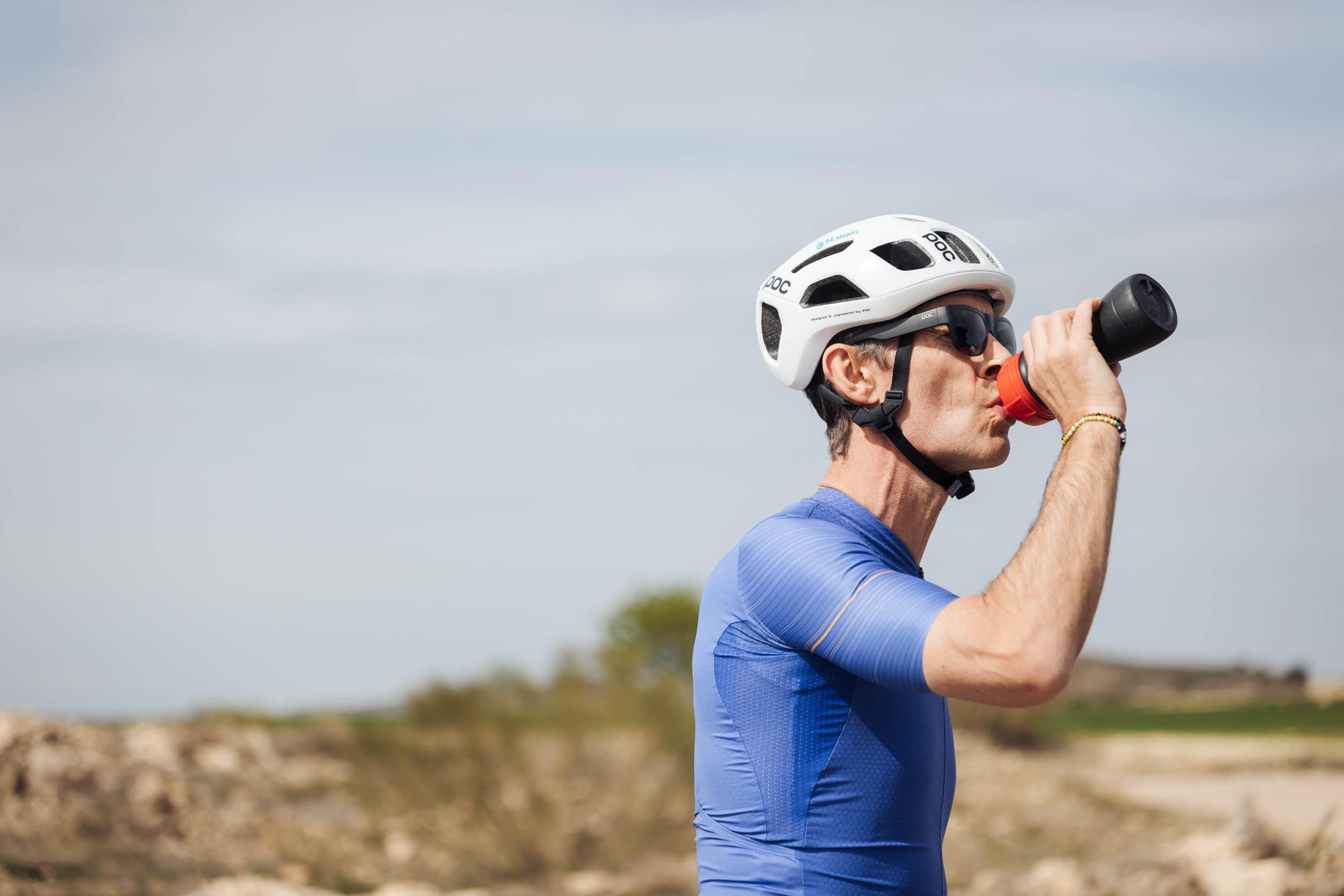What is motivation?

Sep 26, 2022

What is motivation?
Sep 26, 2022

What is motivation?

Sep 26, 2022

Living healthier and fitter often goes hand in hand with motivation and setting goals within cycling. To get these goals within reach, it always means training in a structured way for an extended period of time. This is often relatively easy in the first few weeks. Especially when the weather is good or you have just bought a new bike, but after a few weeks you will usually notice a dip in your motivation to get on the bike.
The reason for this dip has everything to do with the background of your motivation to achieve the goal. When you know where this motivation comes from, or why you are on your bike in the first place, you can also find out where the dip in your motivation to train comes from. With this knowledge, you can then ensure that your motivation does not decrease at all.
Changing motivation
Motivation is the driving factor of all behaviour. Since humans always behave in a certain way, motivation must therefore always be present. When it rains, the motivation to stay at home may win out over the motivation to get on the bike. In terms of a definition, motivation is: "a complex interaction between internal and external forces that result in a particular form of behaviour".
The power of motivation
So behind every form of behaviour is a certain motivation. Strong motivation underlies behaviours such as persevering and doing your best. Because such behaviours are indispensable in sports, motivation predicts sports performance very well. While of course many factors play a role in the creation of sports performance, strong positive motivation is by far the most important. Even a magical concept like talent cannot match the power of motivation. Gert-Jan Theunisse, for example, was known for his extreme motivation. Even during the year he was suspended, he went every month for altitude training in order to be ready for next season.
Fulfilling needs
Apparently, motivation is very important in sport. Therefore, it is interesting to see where motivation in sports comes from. As described, motivation is the driving factor behind behaviour. The purpose of behaviour is to fulfil needs. Research has shown that sport fulfils three important human needs (Martens, 1987). First, sport leads to experiencing stimulation and challenges. These experiences make sports fun and enjoyment is one of the main reasons to play sports. In addition, sport can fulfil the need to be accepted and belong to a group.
This is a particularly important need among young people, which can be fulfilled by joining a team or training group. Finally, sport can generate feelings of competence. The need to feel yourself competent is a very important human need. This need results in enjoying doing the activities you are good at and getting better and better at the things you often do. In this case, there is a positive motivation spiral.
Reasons for cycling
Besides the different needs that can be met participating in sports, everyone has their own reasons for exercising. For example, some people cycle because of the social contacts in the training group and others cycle out of passion for the activity. These reasons are more superficial and personal than fulfilling the needs discussed earlier. Because of this personal background, the reasons can also be very diverse. All reasons to exercise can be summarised in two different forms of motivation: someone can use sport as a means to achieve a certain goal - so-called external motivation - or exercising is an end in itself. Here, a person plays sport from pure enjoyment and to get satisfaction from the activity, so-called internal motivation. Both external and internal motivation can be divided into three different forms.
External regulation
Firstly, external motivation can come from pure external factors, for example, for money or because the trainer requires it. This form of external motivation is called external regulation. Secondly, a person may have made the external reason to exercise their own. One then speaks of internal pressure, and this form occurs when someone obliges himself to cycle because otherwise he feels guilty. In this case, the external obligation of a trainer or parent has become internal. In the third form of external motivation, the motivation comes entirely from the cyclist himself, but the goal is to perform well and win. This form of motivation is called identified regulation.
Internal motivation
As mentioned, internal motivation can also be divided into three different forms. First, internal motivation can come from the urge to learn. This could include discovering new aspects or learning techniques. In addition, internal motivation can come from the motivation for stimulation. In this form of internal motivation, for example, cycling is practised to gain experiences such as the pleasure of cycling through beautiful surroundings. Finally, internal motivation can come from the need to achieve something. For example, the pleasure experienced when reaching the top of Mont Ventoux can be a great internal stimulus.
The right mix of motivation
Because with internal motivation, the motivation comes from within someone, this form of motivation is completely self-sufficient. Because it does not require anyone else, this form of motivation is indispensable for reaching the top. After all, there is not always someone ready to tell you to start training. Thus, the achievements of greats in sport are often attributed to the enormous internal motivation they seem to possess from an early age.
Despite the praise for internal motivation, every athlete needs a little support from time to time. After all, nobody can be constantly motivated to exercise out of sheer love for the activity. Sometimes things get tough or it rains cats and dogs. Then it is suddenly very nice when a little external motivation helps you get over the threshold to go out while it is raining. This external motivation can also be a specific goal like completing the Marmotte successfully.
Setting goals for motivation
Setting goals is therefore nothing more than putting external motivation on paper. When setting goals, it is therefore important to enjoy the road to the goal. After all, this enjoyment is the internal motivation that is crucial when doing sport. In complete absence of internal motivation, no activity can be sustained in the long term. On the contrary, in some situations, external motivation is indispensable as a crutch. So the trick is to find a good mix of external and internal motives to keep cycling.
Finally, it is of course possible that you have no motivation to cycle at all. In that case, perhaps another sport would be more suitable, but you would most likely not have read this article at the same time.
Living healthier and fitter often goes hand in hand with motivation and setting goals within cycling. To get these goals within reach, it always means training in a structured way for an extended period of time. This is often relatively easy in the first few weeks. Especially when the weather is good or you have just bought a new bike, but after a few weeks you will usually notice a dip in your motivation to get on the bike.
The reason for this dip has everything to do with the background of your motivation to achieve the goal. When you know where this motivation comes from, or why you are on your bike in the first place, you can also find out where the dip in your motivation to train comes from. With this knowledge, you can then ensure that your motivation does not decrease at all.
Changing motivation
Motivation is the driving factor of all behaviour. Since humans always behave in a certain way, motivation must therefore always be present. When it rains, the motivation to stay at home may win out over the motivation to get on the bike. In terms of a definition, motivation is: "a complex interaction between internal and external forces that result in a particular form of behaviour".
The power of motivation
So behind every form of behaviour is a certain motivation. Strong motivation underlies behaviours such as persevering and doing your best. Because such behaviours are indispensable in sports, motivation predicts sports performance very well. While of course many factors play a role in the creation of sports performance, strong positive motivation is by far the most important. Even a magical concept like talent cannot match the power of motivation. Gert-Jan Theunisse, for example, was known for his extreme motivation. Even during the year he was suspended, he went every month for altitude training in order to be ready for next season.
Fulfilling needs
Apparently, motivation is very important in sport. Therefore, it is interesting to see where motivation in sports comes from. As described, motivation is the driving factor behind behaviour. The purpose of behaviour is to fulfil needs. Research has shown that sport fulfils three important human needs (Martens, 1987). First, sport leads to experiencing stimulation and challenges. These experiences make sports fun and enjoyment is one of the main reasons to play sports. In addition, sport can fulfil the need to be accepted and belong to a group.
This is a particularly important need among young people, which can be fulfilled by joining a team or training group. Finally, sport can generate feelings of competence. The need to feel yourself competent is a very important human need. This need results in enjoying doing the activities you are good at and getting better and better at the things you often do. In this case, there is a positive motivation spiral.
Reasons for cycling
Besides the different needs that can be met participating in sports, everyone has their own reasons for exercising. For example, some people cycle because of the social contacts in the training group and others cycle out of passion for the activity. These reasons are more superficial and personal than fulfilling the needs discussed earlier. Because of this personal background, the reasons can also be very diverse. All reasons to exercise can be summarised in two different forms of motivation: someone can use sport as a means to achieve a certain goal - so-called external motivation - or exercising is an end in itself. Here, a person plays sport from pure enjoyment and to get satisfaction from the activity, so-called internal motivation. Both external and internal motivation can be divided into three different forms.
External regulation
Firstly, external motivation can come from pure external factors, for example, for money or because the trainer requires it. This form of external motivation is called external regulation. Secondly, a person may have made the external reason to exercise their own. One then speaks of internal pressure, and this form occurs when someone obliges himself to cycle because otherwise he feels guilty. In this case, the external obligation of a trainer or parent has become internal. In the third form of external motivation, the motivation comes entirely from the cyclist himself, but the goal is to perform well and win. This form of motivation is called identified regulation.
Internal motivation
As mentioned, internal motivation can also be divided into three different forms. First, internal motivation can come from the urge to learn. This could include discovering new aspects or learning techniques. In addition, internal motivation can come from the motivation for stimulation. In this form of internal motivation, for example, cycling is practised to gain experiences such as the pleasure of cycling through beautiful surroundings. Finally, internal motivation can come from the need to achieve something. For example, the pleasure experienced when reaching the top of Mont Ventoux can be a great internal stimulus.
The right mix of motivation
Because with internal motivation, the motivation comes from within someone, this form of motivation is completely self-sufficient. Because it does not require anyone else, this form of motivation is indispensable for reaching the top. After all, there is not always someone ready to tell you to start training. Thus, the achievements of greats in sport are often attributed to the enormous internal motivation they seem to possess from an early age.
Despite the praise for internal motivation, every athlete needs a little support from time to time. After all, nobody can be constantly motivated to exercise out of sheer love for the activity. Sometimes things get tough or it rains cats and dogs. Then it is suddenly very nice when a little external motivation helps you get over the threshold to go out while it is raining. This external motivation can also be a specific goal like completing the Marmotte successfully.
Setting goals for motivation
Setting goals is therefore nothing more than putting external motivation on paper. When setting goals, it is therefore important to enjoy the road to the goal. After all, this enjoyment is the internal motivation that is crucial when doing sport. In complete absence of internal motivation, no activity can be sustained in the long term. On the contrary, in some situations, external motivation is indispensable as a crutch. So the trick is to find a good mix of external and internal motives to keep cycling.
Finally, it is of course possible that you have no motivation to cycle at all. In that case, perhaps another sport would be more suitable, but you would most likely not have read this article at the same time.
Living healthier and fitter often goes hand in hand with motivation and setting goals within cycling. To get these goals within reach, it always means training in a structured way for an extended period of time. This is often relatively easy in the first few weeks. Especially when the weather is good or you have just bought a new bike, but after a few weeks you will usually notice a dip in your motivation to get on the bike.
The reason for this dip has everything to do with the background of your motivation to achieve the goal. When you know where this motivation comes from, or why you are on your bike in the first place, you can also find out where the dip in your motivation to train comes from. With this knowledge, you can then ensure that your motivation does not decrease at all.
Changing motivation
Motivation is the driving factor of all behaviour. Since humans always behave in a certain way, motivation must therefore always be present. When it rains, the motivation to stay at home may win out over the motivation to get on the bike. In terms of a definition, motivation is: "a complex interaction between internal and external forces that result in a particular form of behaviour".
The power of motivation
So behind every form of behaviour is a certain motivation. Strong motivation underlies behaviours such as persevering and doing your best. Because such behaviours are indispensable in sports, motivation predicts sports performance very well. While of course many factors play a role in the creation of sports performance, strong positive motivation is by far the most important. Even a magical concept like talent cannot match the power of motivation. Gert-Jan Theunisse, for example, was known for his extreme motivation. Even during the year he was suspended, he went every month for altitude training in order to be ready for next season.
Fulfilling needs
Apparently, motivation is very important in sport. Therefore, it is interesting to see where motivation in sports comes from. As described, motivation is the driving factor behind behaviour. The purpose of behaviour is to fulfil needs. Research has shown that sport fulfils three important human needs (Martens, 1987). First, sport leads to experiencing stimulation and challenges. These experiences make sports fun and enjoyment is one of the main reasons to play sports. In addition, sport can fulfil the need to be accepted and belong to a group.
This is a particularly important need among young people, which can be fulfilled by joining a team or training group. Finally, sport can generate feelings of competence. The need to feel yourself competent is a very important human need. This need results in enjoying doing the activities you are good at and getting better and better at the things you often do. In this case, there is a positive motivation spiral.
Reasons for cycling
Besides the different needs that can be met participating in sports, everyone has their own reasons for exercising. For example, some people cycle because of the social contacts in the training group and others cycle out of passion for the activity. These reasons are more superficial and personal than fulfilling the needs discussed earlier. Because of this personal background, the reasons can also be very diverse. All reasons to exercise can be summarised in two different forms of motivation: someone can use sport as a means to achieve a certain goal - so-called external motivation - or exercising is an end in itself. Here, a person plays sport from pure enjoyment and to get satisfaction from the activity, so-called internal motivation. Both external and internal motivation can be divided into three different forms.
External regulation
Firstly, external motivation can come from pure external factors, for example, for money or because the trainer requires it. This form of external motivation is called external regulation. Secondly, a person may have made the external reason to exercise their own. One then speaks of internal pressure, and this form occurs when someone obliges himself to cycle because otherwise he feels guilty. In this case, the external obligation of a trainer or parent has become internal. In the third form of external motivation, the motivation comes entirely from the cyclist himself, but the goal is to perform well and win. This form of motivation is called identified regulation.
Internal motivation
As mentioned, internal motivation can also be divided into three different forms. First, internal motivation can come from the urge to learn. This could include discovering new aspects or learning techniques. In addition, internal motivation can come from the motivation for stimulation. In this form of internal motivation, for example, cycling is practised to gain experiences such as the pleasure of cycling through beautiful surroundings. Finally, internal motivation can come from the need to achieve something. For example, the pleasure experienced when reaching the top of Mont Ventoux can be a great internal stimulus.
The right mix of motivation
Because with internal motivation, the motivation comes from within someone, this form of motivation is completely self-sufficient. Because it does not require anyone else, this form of motivation is indispensable for reaching the top. After all, there is not always someone ready to tell you to start training. Thus, the achievements of greats in sport are often attributed to the enormous internal motivation they seem to possess from an early age.
Despite the praise for internal motivation, every athlete needs a little support from time to time. After all, nobody can be constantly motivated to exercise out of sheer love for the activity. Sometimes things get tough or it rains cats and dogs. Then it is suddenly very nice when a little external motivation helps you get over the threshold to go out while it is raining. This external motivation can also be a specific goal like completing the Marmotte successfully.
Setting goals for motivation
Setting goals is therefore nothing more than putting external motivation on paper. When setting goals, it is therefore important to enjoy the road to the goal. After all, this enjoyment is the internal motivation that is crucial when doing sport. In complete absence of internal motivation, no activity can be sustained in the long term. On the contrary, in some situations, external motivation is indispensable as a crutch. So the trick is to find a good mix of external and internal motives to keep cycling.
Finally, it is of course possible that you have no motivation to cycle at all. In that case, perhaps another sport would be more suitable, but you would most likely not have read this article at the same time.
More Relevant Articles
Discover valuable training tips to enhance your cycling performance.
More Relevant Articles
Discover valuable training tips to enhance your cycling performance.
More Relevant Articles
Discover valuable training tips to enhance your cycling performance.

Unlock Your Cycling Potential Today
Join thousands of cyclists who have improved their performance with JOIN's training plans.
Probeer het nu
Meer Informatie

Unlock Your Cycling Potential Today
Join thousands of cyclists who have improved their performance with JOIN's training plans.
By joining, you agree to our Terms and Conditions and our Privacy Policy.

Unlock Your Cycling Potential Today
Join thousands of cyclists who have improved their performance with JOIN's training plans.
By joining, you agree to our Terms and Conditions and our Privacy Policy.
Join Now
Join Now



